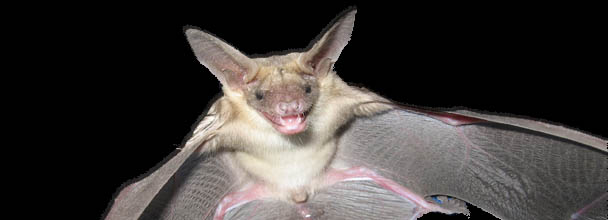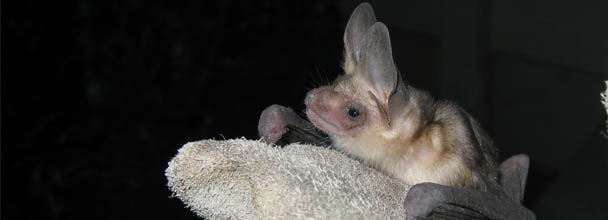Did you know bats carry blood sucking bat bugs?

Every year we receive calls from homeowners who allow bats to co-exist in their houses many years because they like bats and feel the bats really are not causing a problem as far as they can see.
Western Bat Specialists likes bats as well – and we are always happy to see people becoming more and more informed about how absolutely beneficial these little creatures are. However, it is not beneficial to have bats colonizing in the attic and walls of your home. Besides the matter of odor, and the growing deposits of guano and urine, bats carry an “ectoparasite” (a parasite that lives on the outside of the body, such as skin and hair) – the blood sucking bat bug.
Upon seeing the bat bug, (approximately 2/8″ – 3/8″ in size) many people think it is a bed bug. In fact, it is a close relative, and is indistinguishable to the naked eye. Bat bugs feed on bats, and travel to new locations by clinging to their “bat mobile” as it flies about. If the opportunity exists, it will also feed on humans. It can survive more than a year without a meal! When it feeds, it punctures the skin and will feed on the host for up to 15 minutes. Hmm… this is not a bug that you really want setting up a nursery in your home!
We have received calls from folks plagued with bat bugs and they can be hard to eliminate. They can move into mattresses, bedding, and bed frames – just like bed bugs. They live in cracks and crevices, even drapery folds! As with everything, an ounce of prevention is worth a pound of cure. Let us exclude and bat-proof your home professionally and humanely – sooner rather than later.
Call us today!
For more information on Bat Bugs Click Here



 Be aware that bats are not necessarily sick because they hang on your front porch. Bats like to do this and that can be normal behavior. It’s normal for them to live under shingles and in attics and to fly around your porch light. A bat on your front lawn, in daytime however, may be sick. NEVER touch a wild animal! And if your cat or dog has had contact, call your veterinarian, even if your pet has had its vaccinations. Let your vet guide you in what needs to be done.
Be aware that bats are not necessarily sick because they hang on your front porch. Bats like to do this and that can be normal behavior. It’s normal for them to live under shingles and in attics and to fly around your porch light. A bat on your front lawn, in daytime however, may be sick. NEVER touch a wild animal! And if your cat or dog has had contact, call your veterinarian, even if your pet has had its vaccinations. Let your vet guide you in what needs to be done.
